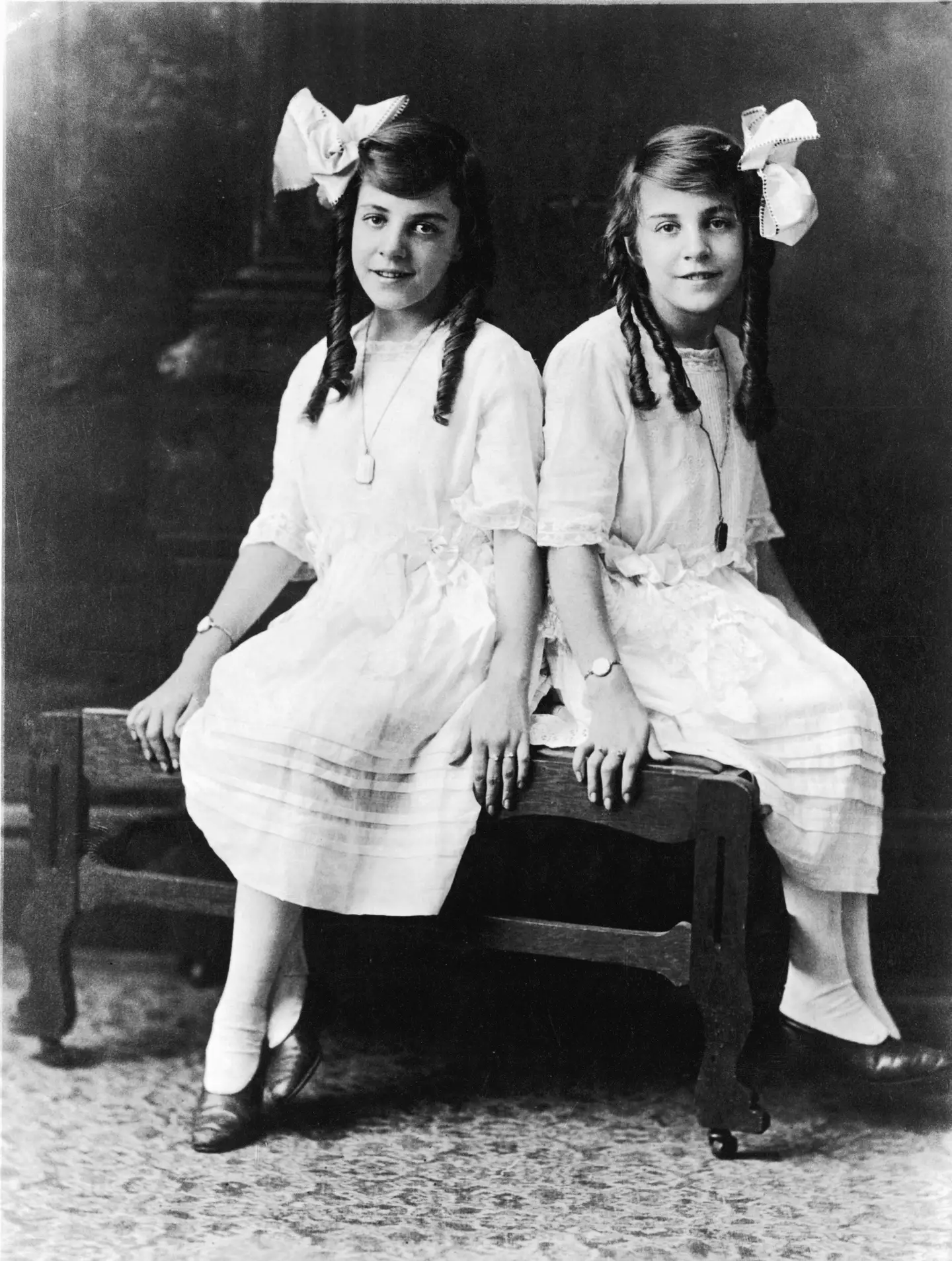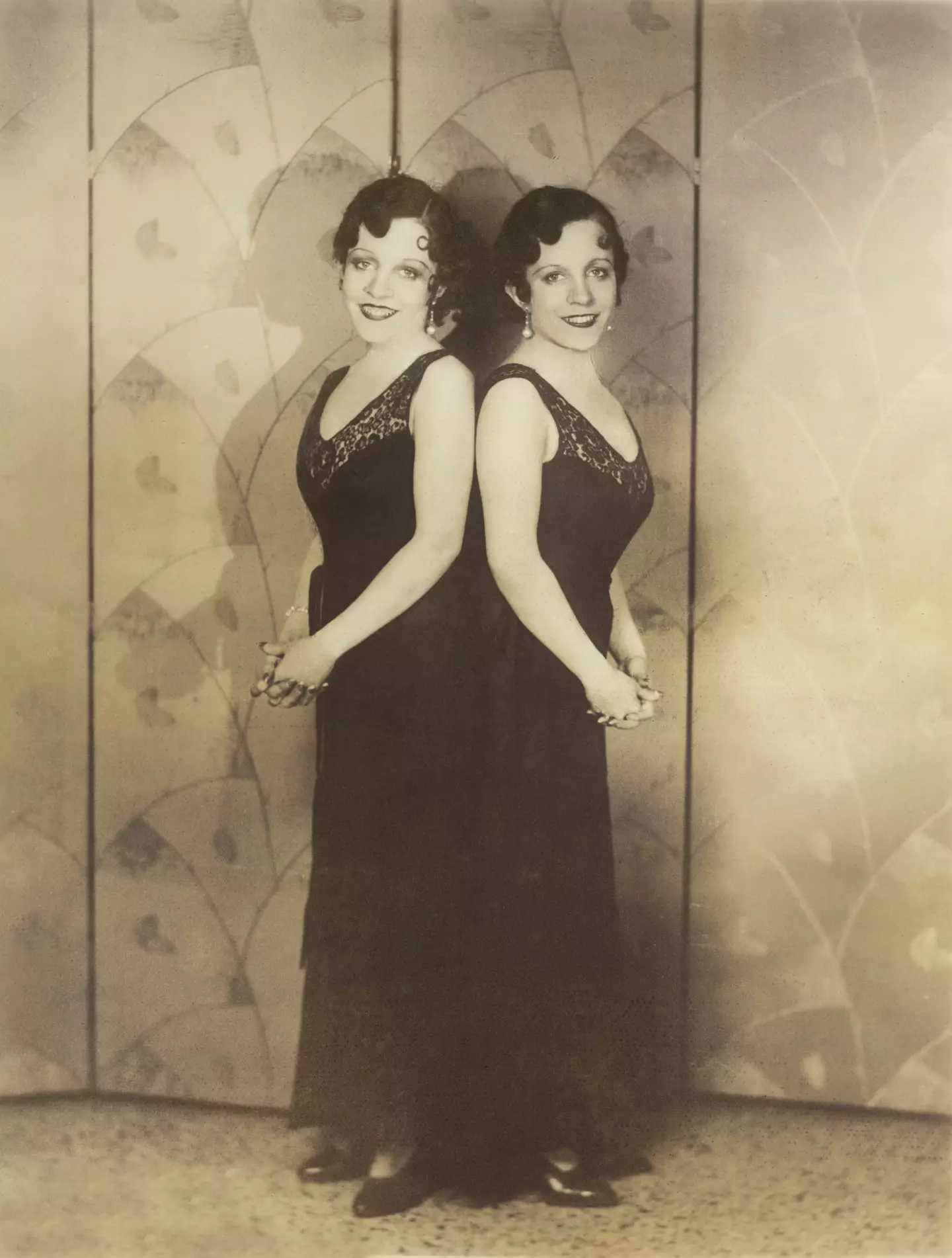
In 1908, Daisy and Violet Hilton were born joined at the hip.
The conjoined twins would go on to star in 1932 cult film Freaks, carving out successful entertainment careers, however they later met a tragic demise.
Live births of conjoined twins are rare, accounting for an average of one in every 500,000 births in the UK.
Meanwhile, Stanford Medicine Children's Health estimate that they could make up anywhere between one in every 30,000 to 200,000 live births worldwide.
Advert
Conjoined twins are two children joined in utero and occur either when a single fertilised egg is only partially split or when two embryos fuse together during the early stages of development.

Conjoined twins unfortunately have a poor mortality rate, according to the National Institutes of Health, with a total survival rate of just 7.5 percent.
However, Daisy and Violet Hilton, born in 1908, defied the odds and lived until 1969.
Advert
Shortly after the duo were born in Brighton joined at the hip, they were disowned by their mother and taken in by a woman called Mary Hilton.
Mary bestowed her surname on the girls and hauled them out on tour from the age of three.
It’s said that she would also flog pictures of the conjoined twins to punters in the pub she owned in an attempt to make some cash.
Following Mary’s death, Daisy and Violet were then willed to her daughter Edith - like property - who ensured the twins learnt how to dance and play musical instruments while keeping all the money they earned.
Advert
Fortunately, they eventually found a way out of the 'contract' and gained autonomy over their own lives.

In 1952, the Hilton sisters starred in the movie Chained for Life.
The exploitation film was directed by Harry L. Fraser and incorporated aspects of the twin’s real life as well as several vaudeville acts.
Advert
However, their time in the limelight came to a close in 1961 after their manager abandoned them.
After making their last public appearance at a drive-in in Charlotte, North Carolina and having no money to their names, the siblings went on to work in a local shop.
Eight years later, tragedy struck the sisters when they both caught the flu.
Daisy died soon after contracting the illness, while Violet died two to four days later, forced to remain attached to her dead sister until she too passed away, aged 60.
Advert
Local historian Dirk Allman told WRAL: "One of them got the flu. One of them died and the other one may have lingered for three days.
"Maybe one could have saved the other but they said, 'We've been through so much, it's time to go.'"
As modern medicine advanced over the course of their lives, doctors offered to separate them, but Violet and Daisy didn't want the operation.
Their boss at the grocery store Charles Reid told The Charlotte Observer: "They could have been separated, even back then. But they didn't want to.
“They said to me, Mr. Reid, we've been together our whole life. We don't ever want to be apart.”
